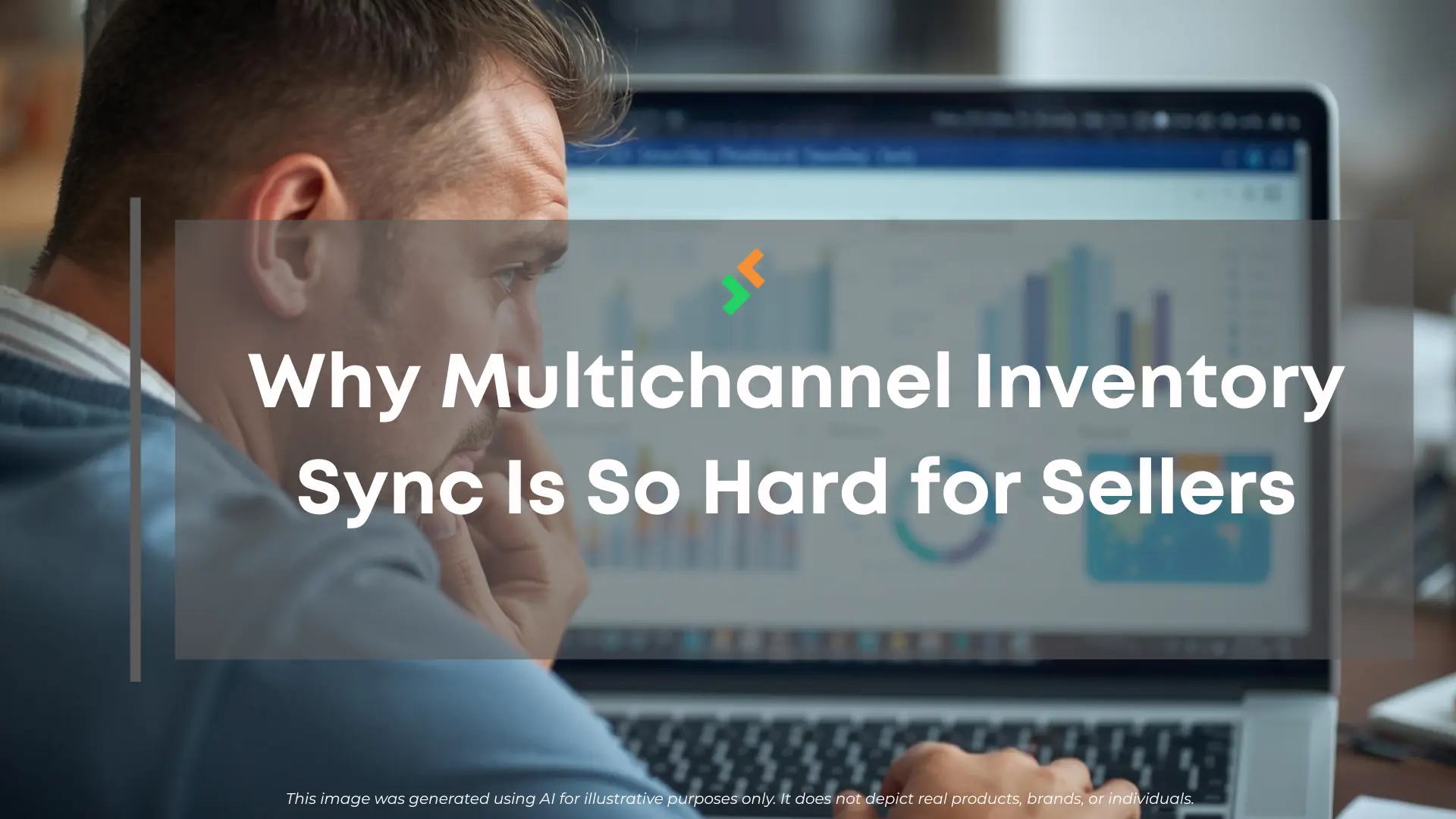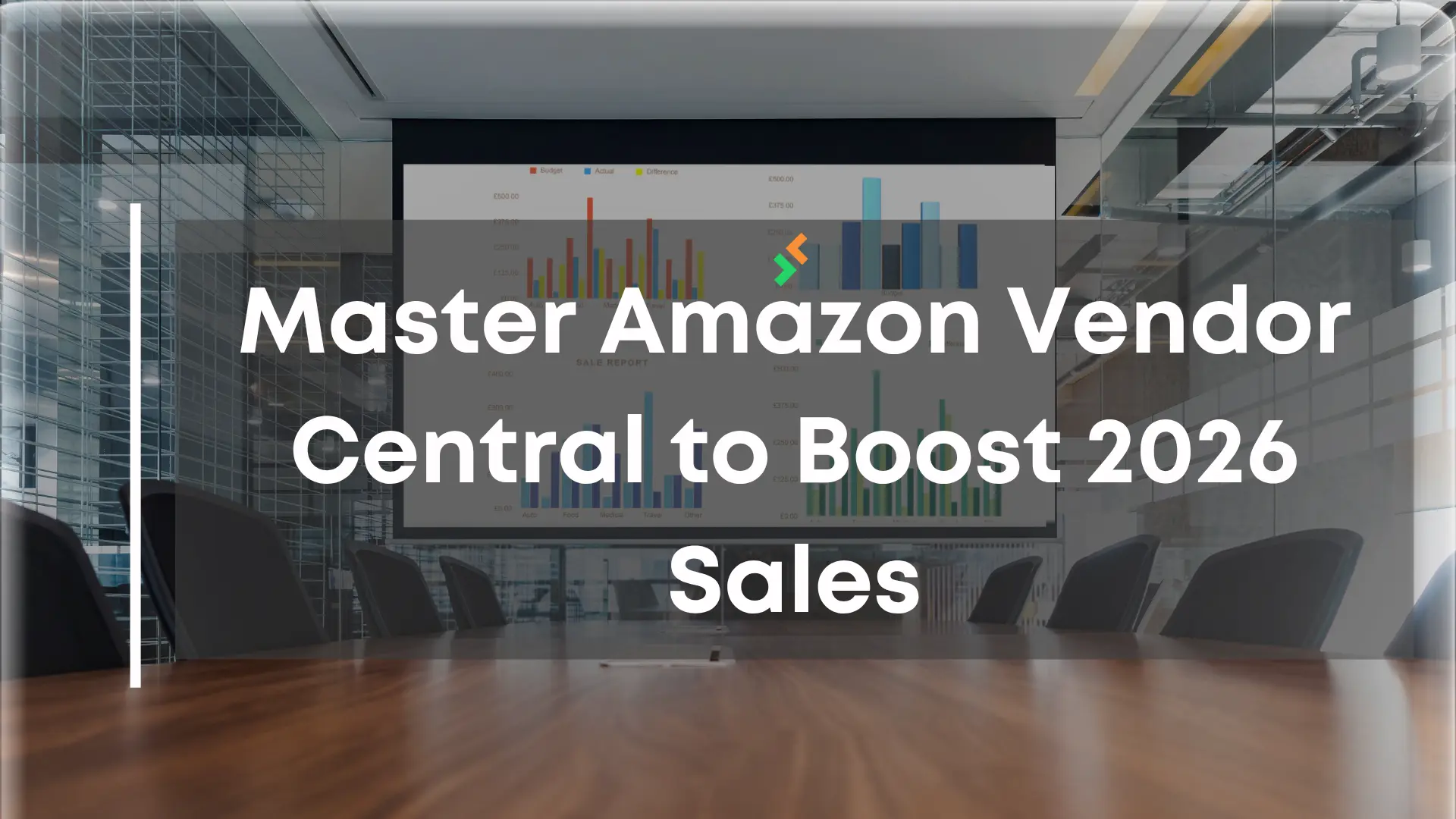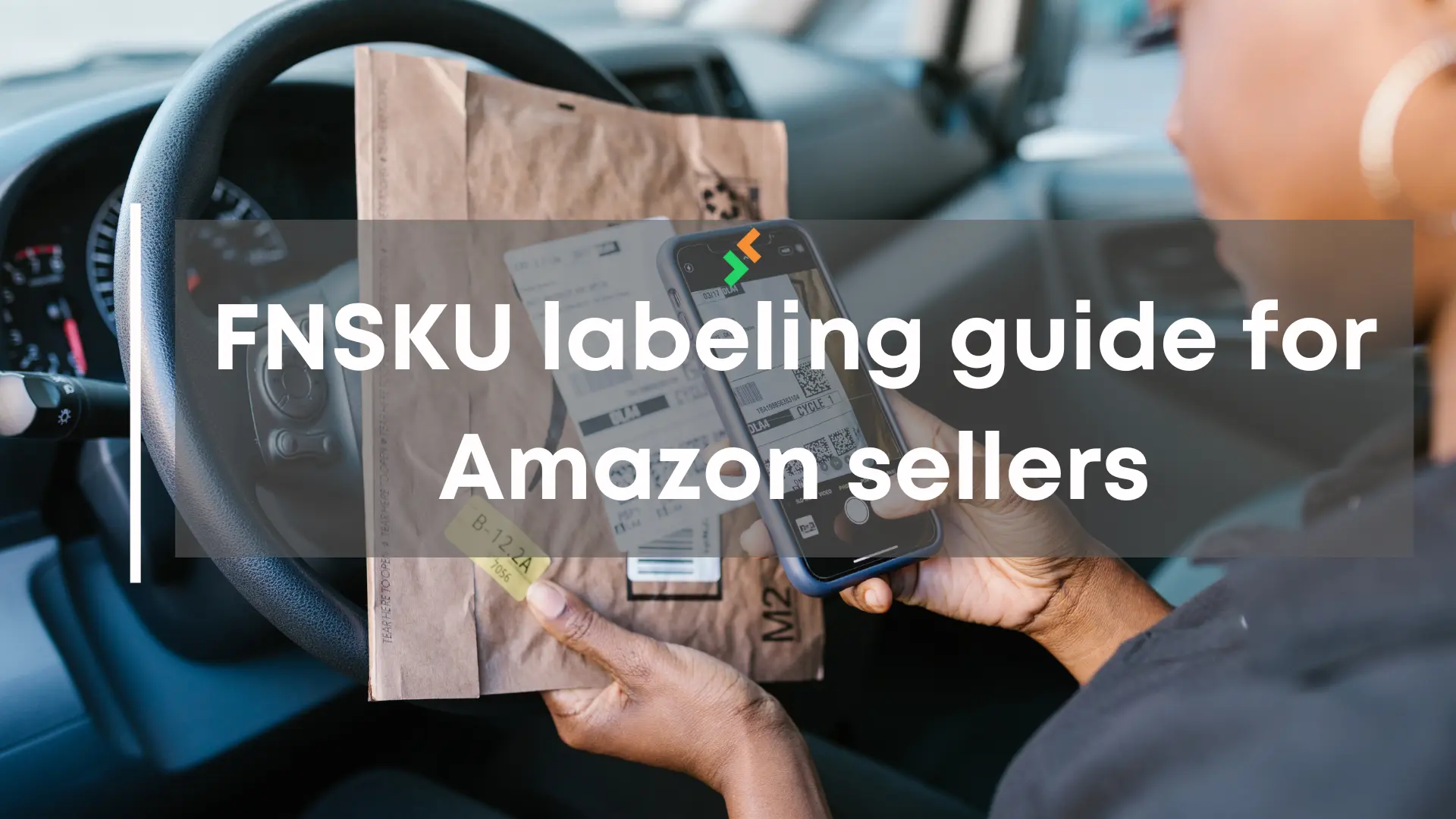
Picture this: You’re sipping on your morning coffee in 2025, scrolling through an updated breakdown of Walmart WFS vs. Amazon FBA, wondering which fulfillment service is the right fit for your eCommerce management software needs.
In today’s competitive multichannel landscape, choosing between Walmart Fulfillment Services (WFS) and Amazon FBA can make or break your scalability. As fulfillment costs shift and customer expectations rise in 2025, both platforms offer powerful—but very different—logistics models. Understanding their benefits, drawbacks, and financial structures will help you make the right decision—especially when supported by an advanced order management system that syncs everything from inventory to returns.
Table of Contents
Overview of Walmart WFS vs Amazon FBA
When evaluating Walmart WFS vs Amazon FBA, it’s essential to grasp what each service offers and how they operate.
What is Amazon FBA?
Fulfillment by Amazon (FBA) allows sellers to store products in Amazon’s warehouses, where Amazon handles packing, shipping, and customer service. This program offers sellers the advantage of Prime eligibility, ensuring faster delivery and higher trust from customers. However, Amazon FBA comes with higher fees, including storage costs, fulfillment fees, and seasonal price fluctuations—making it essential to manage everything through a reliable order management system or integrated eCommerce CRM for better visibility.
What is Walmart WFS?
Walmart Fulfillment Services (WFS) is Walmart’s answer to Amazon FBA, leveraging its vast physical store network to provide fast and efficient order fulfillment. WFS enables sellers to benefit from lower competition, two-day shipping, and Walmart’s brand trust, all without requiring a monthly subscription fee. Using a connected Walmart CRM software with order tracking helps sellers manage fulfillment and post-sale support more effectively.
While both services offer end-to-end logistics solutions, their fee structures, seller eligibility, and customer reach differ, making it vital to analyze their pros and cons before making a decision.
Comparing Financials: Walmart WFS vs Amazon FBA
Understanding Fulfillment Costs
One of the most significant factors in the Walmart WFS vs Amazon FBA debate is cost-effectiveness. Here’s a breakdown of their financial structures:
| Feature | Amazon FBA | Walmart WFS |
|---|---|---|
| Subscription Fee | $39.99/month | None |
| Fulfillment Fees | Varies by size & weight | Varies by size & weight |
| Storage Fees | Monthly + seasonal spikes | Monthly, with minimal fluctuations |
| Referral Fees | 6% – 45% (category-based) | 6% – 20% (category-based) |
Which Is More Cost-Effective?
Amazon FBA offers Prime benefits, but sellers must contend with high storage and fulfillment fees, especially during Q4. Without a proper order management system, these costs can become difficult to track and reduce.
Walmart WFS provides a simpler fee structure, making it easier to predict costs and maintain profitability. Sellers leveraging eCommerce management software can gain real-time insights into their fee impact, helping them make more profitable decisions across both platforms.
If cost control is a priority, Walmart WFS may be the better choice, while Amazon FBA might suit businesses focused on larger volume and visibility.
Advantages of Walmart WFS vs Amazon FBA

Benefits of Using Walmart WFS
Lower Competition – With fewer sellers on Walmart Marketplace, products get more visibility and sales opportunities.
No Monthly Subscription Fees – Unlike Amazon FBA, Walmart WFS does not charge sellers a recurring monthly fee.
Faster Fulfillment with Retail Support – Walmart’s store network enhances shipping speeds and customer satisfaction, especially when supported by multichannel software that unifies listings and orders.
Benefits of Using Amazon FBA
Prime Eligibility & Faster Delivery – Amazon Prime customers prioritize FBA listings for quick shipping.
Larger Audience & High Traffic – Amazon attracts millions of daily shoppers, increasing exposure.
Comprehensive Logistics & Support – Amazon’s global fulfillment ensures seamless inventory management, which is easier to oversee using reliable inventory software. You might wanna check this from CrazyVendor.
Choosing between Walmart WFS vs Amazon FBA depends on whether you value cost savings or expansive reach.
Challenges of Walmart WFS vs Amazon FBA
Downsides of Walmart WFS
Stricter Seller Requirements – Walmart requires a business Tax ID, EIN, and strict approval process.
Smaller Customer Base – While growing, Walmart’s eCommerce audience is still smaller than Amazon’s. Sellers can benefit from tools that help sync inventory across Amazon, Shopify, Walmart to maximize exposure and avoid stockouts across platforms.
Downsides of Amazon FBA
Higher Competition – Amazon has millions of sellers, making it harder to stand out.
Complex Fee Structure – Amazon’s storage and fulfillment costs can fluctuate, reducing profitability. Using an eCommerce management software can help centralize cost tracking and reporting.
Which Fulfillment Service Should You Choose?
Choose Walmart WFS If:
✅ You want lower fees and higher profit margins.
✅ You prefer less competition and better product visibility.
✅ You need simplified logistics with Walmart’s retail infrastructure, supported by Walmart CRM software with order tracking.
Choose Amazon FBA If:
✅ You want access to Amazon’s massive customer base.
✅ You rely on Prime eligibility for better conversions.
✅ You can handle higher fees and intense competition, ideally using eCommerce CRM such as CrazyVendor tools to manage scale.
By the way, CrazyVendor is fully Amazon-compliant—we completed Amazon’s Developer Audit and Security Assessment, so you’re backed by a secure and trusted system when selling on FBA.
Why Not Both?
For maximum success, many sellers use both Walmart WFS and Amazon FBA to diversify their fulfillment strategy, mitigate risks, and capture a broader audience. This multichannel approach ensures that businesses leverage the strengths of each platform while minimizing their weaknesses—especially when powered by flexible eCommerce management software.
Final Thoughts
When debating Walmart WFS vs Amazon FBA, the best fulfillment service depends on your business needs, budget, and growth strategy in 2025.
Amazon FBA is perfect for sellers looking for massive reach and Prime benefits.
Walmart WFS provides a cost-effective alternative with lower competition and predictable fees.
By carefully evaluating your goals, costs, and operational preferences, you can select the best fulfillment service to scale your eCommerce business successfully in 2025.
Want to future-proof your fulfillment strategy this year? Contact CrazyVendor and discover how our eCommerce management software and multichannel automation tools can help you sell smarter across Amazon and Walmart—faster, safer, and more profitably in 2025.
You can also follow us on social media for more eCommerce insights and updates!










